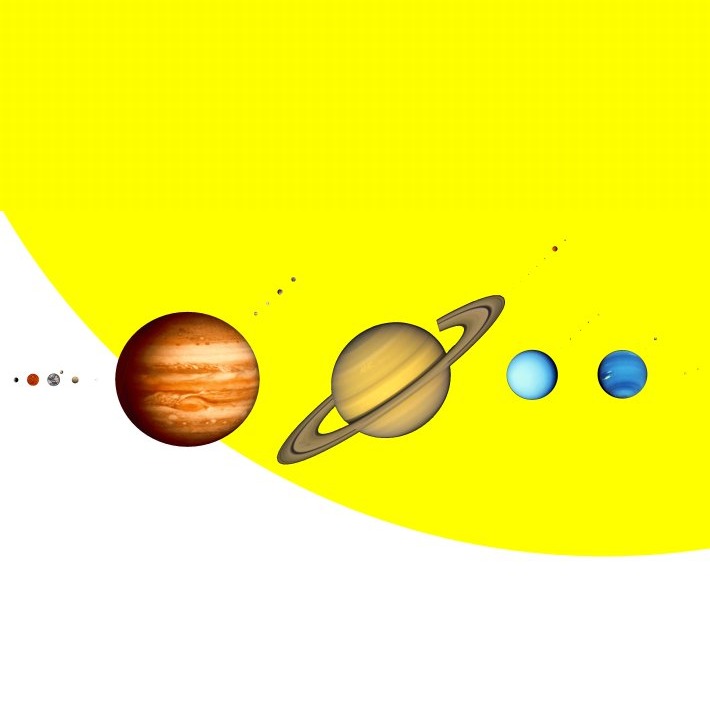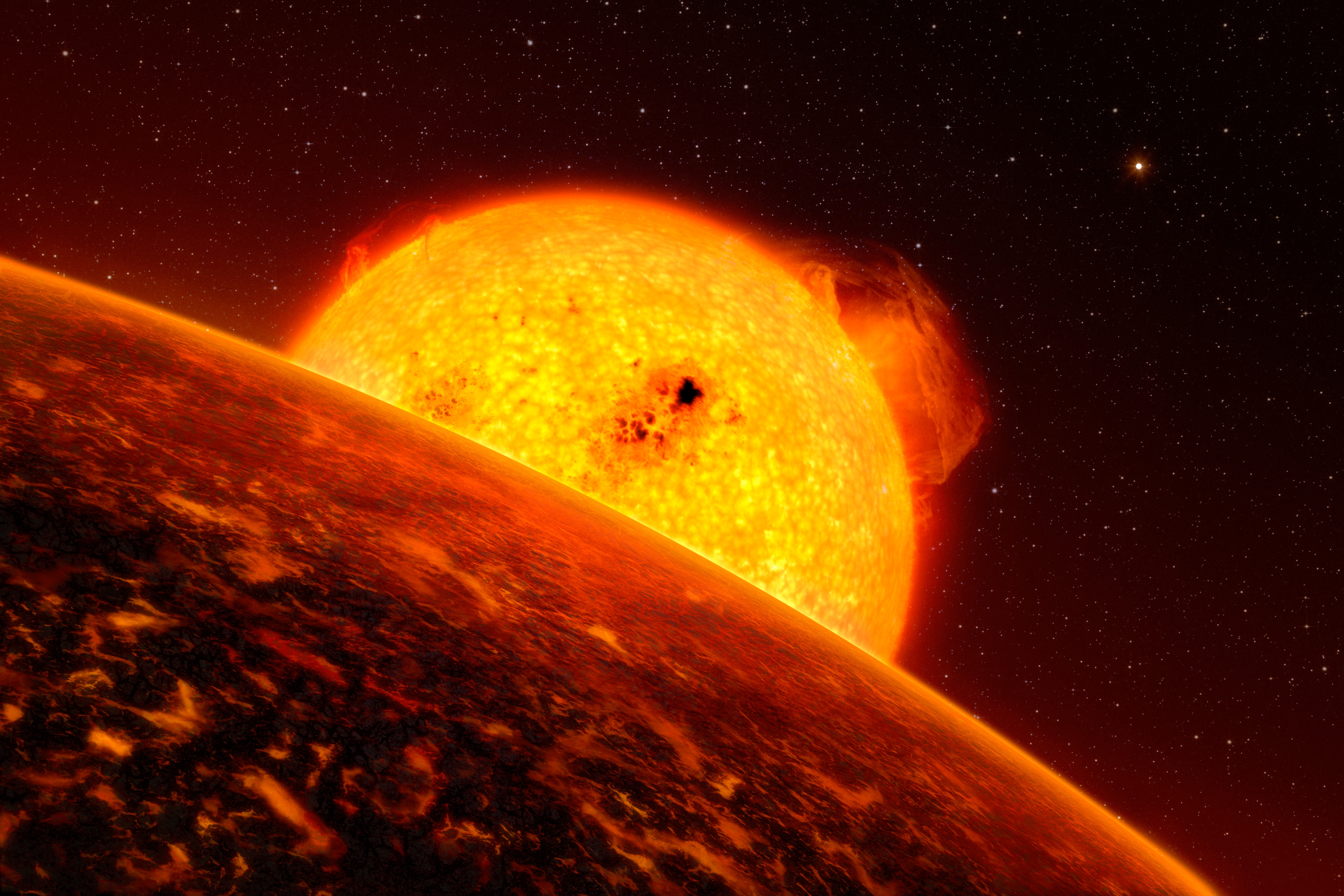List Of Planet Types on:
[Wikipedia]
[Google]
[Amazon]
 The following is a list of
The following is a list of

Periodic Table of Exoplanets
a
Planetary Habitability Laboratory
A Thermal Planetary Habitability Classification for Exoplanets
A Mass Classification for both Solar and Extrasolar Planets
at
Stern and Levison, "Regarding the criteria for planethood and proposed planetary classification schemes," Highlights of Astronomy 12 (2002)
Lineweaver, C. H. and Robles, J. A. (2006). Towards a Classification System of Terrestrial Planets
SpaceEngine Planet Classifications
{{Portal bar, Astronomy, Stars, Spaceflight, Outer space, Solar System Planets
 The following is a list of
The following is a list of planet
A planet is a large, rounded astronomical body that is neither a star nor its remnant. The best available theory of planet formation is the nebular hypothesis, which posits that an interstellar cloud collapses out of a nebula to create a you ...
types by their mass
Mass is an intrinsic property of a body. It was traditionally believed to be related to the quantity of matter in a physical body, until the discovery of the atom and particle physics. It was found that different atoms and different elementar ...
, orbit
In celestial mechanics, an orbit is the curved trajectory of an object such as the trajectory of a planet around a star, or of a natural satellite around a planet, or of an artificial satellite around an object or position in space such as a p ...
, physical and chemical composition, or by another classification.
The IAU defines that a ''planet'' in the Solar System must orbit around the Sun, has enough mass to assume hydrostatic equilibrium
In fluid mechanics, hydrostatic equilibrium (hydrostatic balance, hydrostasy) is the condition of a fluid or plastic solid at rest, which occurs when external forces, such as gravity, are balanced by a pressure-gradient force. In the planetary ...
, and has " cleared its neighborhood". There is currently no accepted definition for exoplanet
An exoplanet or extrasolar planet is a planet outside the Solar System. The first possible evidence of an exoplanet was noted in 1917 but was not recognized as such. The first confirmation of detection occurred in 1992. A different planet, init ...
s.
Under the IAU definition, true or "major planets" can be distinguished from other planetary-mass object
A planetary-mass object (PMO), planemo, or planetary body is by geophysical definition of celestial objects any celestial object massive enough to achieve hydrostatic equilibrium (to be rounded under its own gravity), but not enough to sustain ...
s (PMOs), such as dwarf planet
A dwarf planet is a small planetary-mass object that is in direct orbit of the Sun, smaller than any of the eight classical planets but still a world in its own right. The prototypical dwarf planet is Pluto. The interest of dwarf planets to p ...
s and sub-brown dwarf
A sub-brown dwarf or planetary-mass brown dwarf is an astronomical object that formed in the same manner as stars and brown dwarfs (i.e. through the collapse of a gas cloud) but that has a planetary mass, therefore by definition below the limi ...
s. Nonetheless, certain planet types have been applied to other planetary-mass objects; the Pluto–Charon system has been referred to as " double dwarf planets", for instance.
By mass regime
By orbital regime
By composition

Other types
See also
* *Minor planet
According to the International Astronomical Union (IAU), a minor planet is an astronomical object in direct orbit around the Sun that is exclusively classified as neither a planet nor a comet. Before 2006, the IAU officially used the term ''minor ...
*
* Stellar classification
In astronomy, stellar classification is the classification of stars based on their stellar spectrum, spectral characteristics. Electromagnetic radiation from the star is analyzed by splitting it with a Prism (optics), prism or diffraction grati ...
* Substellar object
A substellar object, sometimes called a substar, is an astronomical object the mass of which is smaller than the smallest mass at which hydrogen fusion can be sustained (approximately 0.08 solar masses). This definition includes brown dwarfs and fo ...
* Sudarsky's gas giant classification
Notes
References
External links
Periodic Table of Exoplanets
a
Planetary Habitability Laboratory
University of Puerto Rico at Arecibo
The University of Puerto Rico at Arecibo (UPRA or UPR Arecibo) is a public college in Arecibo, Puerto Rico. It is part of the University of Puerto Rico. UPR-Arecibo was previously the (CRA, 'Arecibo Regional College') and (CUTA, 'Arecibo Techno ...
A Thermal Planetary Habitability Classification for Exoplanets
A Mass Classification for both Solar and Extrasolar Planets
at
NASA
The National Aeronautics and Space Administration (NASA ) is an independent agency of the US federal government responsible for the civil space program, aeronautics research, and space research.
NASA was established in 1958, succeeding t ...
Stern and Levison, "Regarding the criteria for planethood and proposed planetary classification schemes," Highlights of Astronomy 12 (2002)
Lineweaver, C. H. and Robles, J. A. (2006). Towards a Classification System of Terrestrial Planets
SpaceEngine Planet Classifications
{{Portal bar, Astronomy, Stars, Spaceflight, Outer space, Solar System Planets